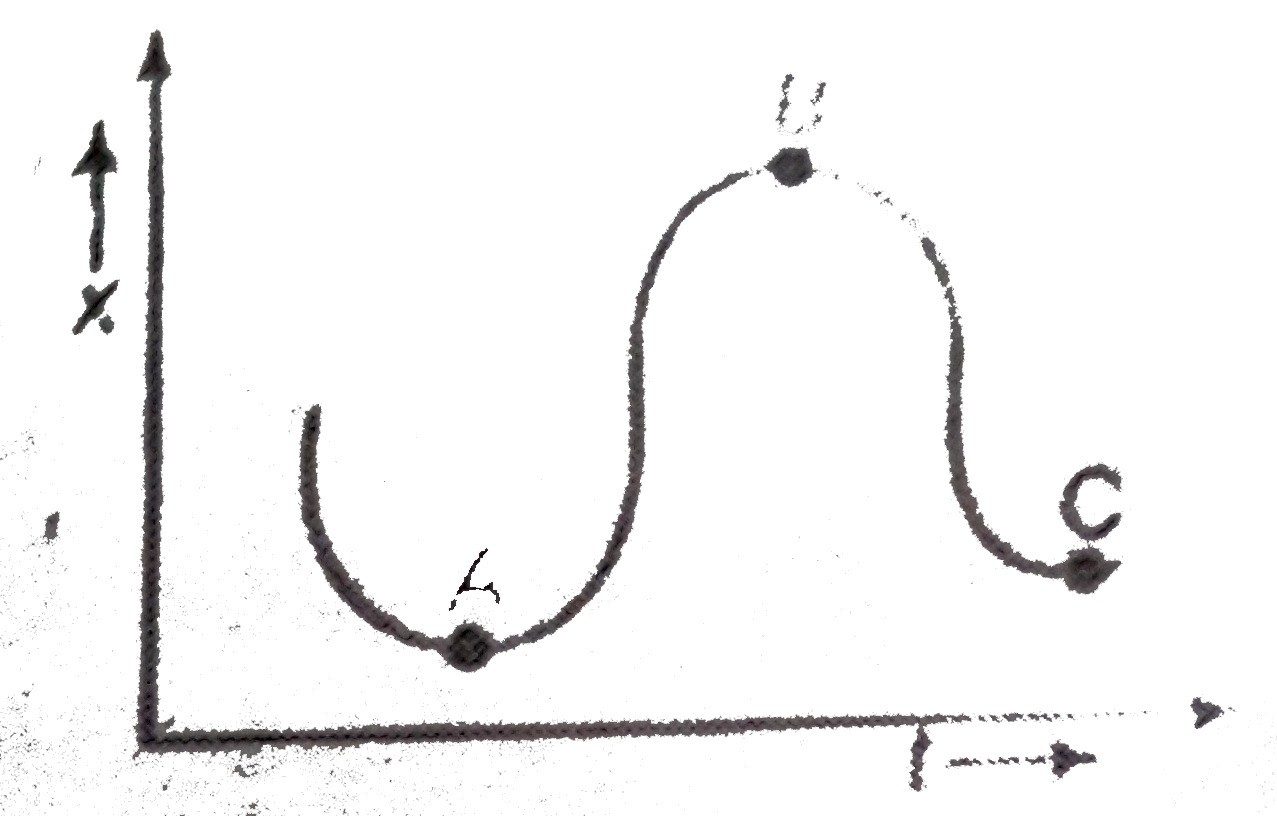A curve whose concavity is directly proportional to the logarithm of its x-coordinates at any of the curve, is given by
c1.x2(2logx−3)+c2x+c3
c1x2(2logx+3)+c2x+c3
c1x2(2logx)+c2
none of the above
The correct Answer is:A
Step by step video, text & image solution for A curve whose concavity is directly proportional to the logarithm of its x-coordinates at any of the curve, is given by by Maths experts to help you in doubts & scoring excellent marks in Class 12 exams.
Updated on:21/07/2023Topper's Solved these Questions
- MONOTONICITY MAXIMA AND MINIMABook:ARIHANT MATHSChapter:MONOTONICITY MAXIMA AND MINIMAExercise:Exercise (More Than One Correct Option Type Questions)
Explore 19 Videos
- MONOTONICITY MAXIMA AND MINIMABook:ARIHANT MATHSChapter:MONOTONICITY MAXIMA AND MINIMAExercise:Exercise (Statement I And Ii Type Questions)
Explore 9 Videos
- MONOTONICITY MAXIMA AND MINIMABook:ARIHANT MATHSChapter:MONOTONICITY MAXIMA AND MINIMAExercise:Exercise For Session 5
Explore 8 Videos
- MATRICES Book:ARIHANT MATHSChapter:MATRICES Exercise:Exercise (Questions Asked In Previous 13 Years Exam)
Explore 49 Videos
- PAIR OF STRAIGHT LINES Book:ARIHANT MATHSChapter:PAIR OF STRAIGHT LINES Exercise:Exercise (Questions Asked In Previous 13 Years Exam)
Explore 2 Videos
Similar Questions
True or False: The accumulation of charges is directly proportional to the radius of curvature of a curved surface.
View SolutionA curve y=f(x) passes through point P(1,1) . The normal to the curve at P is a (y−1)+(x−1)=0 . If the slope of the tangent at any point on the curve is proportional to the ordinate of the point, then the equation of the curve is
View Solution
Knowledge Check
The curve f(x) is given by
A2x−xB2x2−1xC2x2−xDnone of theseThe curve g(x) is given by -
Ax -1/xBx+2/xCx2−1x2Dnone of theseThe curves whose subtangents are proportional to the abscissas of the point of tangency (the proportionally factor is equal to k) is
Ayk=CxByk=Cx2Cyk/2=Cx3Dnone of these
A curve y=f(x) passes through the point P(1,1). The normal to the curve at P is a(y−1)+(x−1)=0. If the slope of the tangent at any point on the curve is proportional to the ordinate of the point. Determine the equation of the curve. Also obtain the area bounded by the y-axis, the curve and the normal to the curve at P.
View SolutionFind the curve for which the sum of the lengths of the tangent and subtangent at any of its point is proportional to the product of the co-ordinates of the point of tangency, the proportionality factor is equal to k.
View SolutionGiven dydx is directly proportional to the square of x and dydx=6 at x = 2. Then find the equation of the curve, when x = 2 and y = 4. Also find the area of the region bounded by curve between lines y = 1 and y = 3.
View SolutionIn the given x−t curve,

View SolutionIf the length of the sub-normal (projection of that part of the normal which is intercepted between the curve and the x-axis on the x-axis) at any point P on the curve is directly proportional to OP2, where O is the origin, then form the differential equation of the family of curves and hence find the family of curves
View Solution

